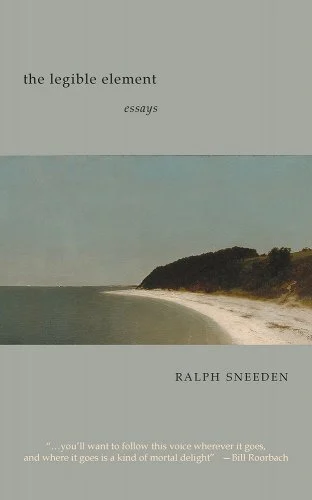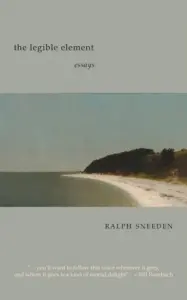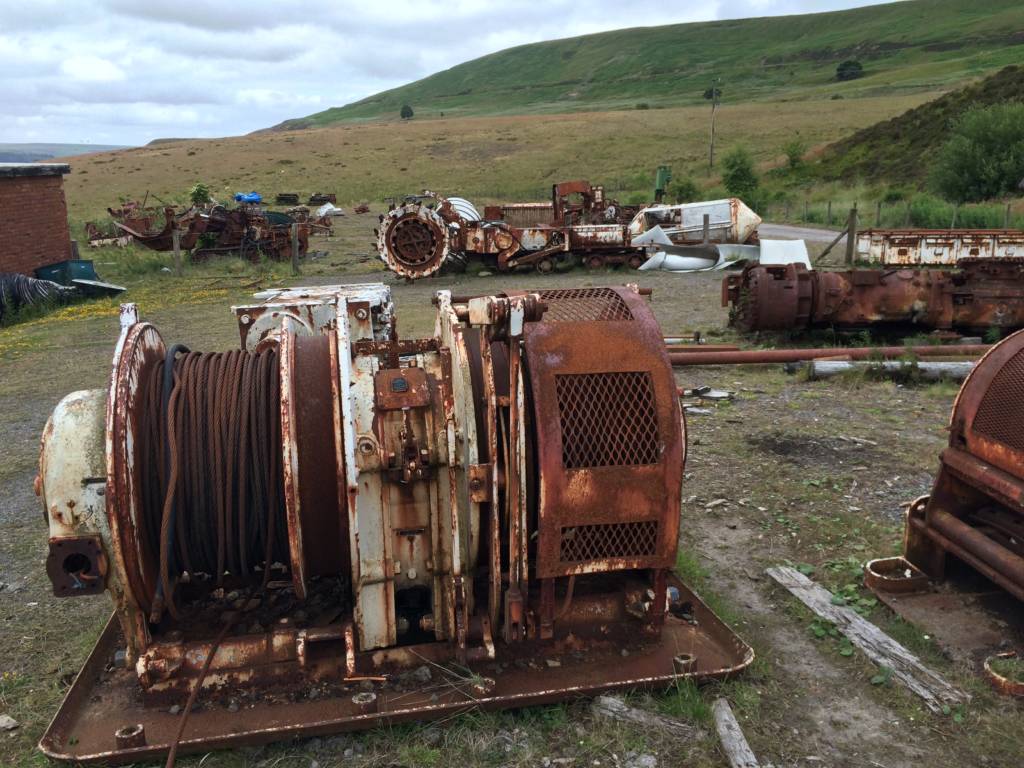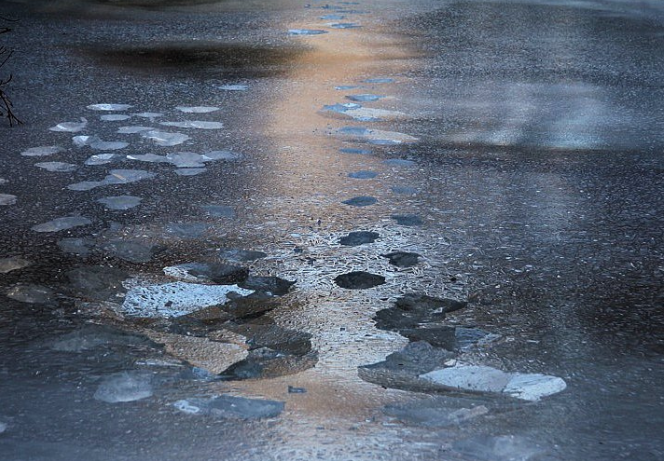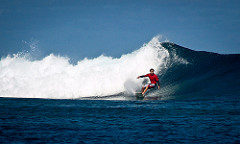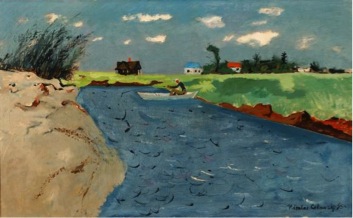By RALPH SNEEDEN
I.
At the boarding school where I teach, my campus residence bears a plaque with the name of an English teacher who drowned after falling through ice. He had been skating on the river after the year’s first deep freeze, which had been followed by a snowstorm. I was told that once his pickup hockey game had ended and the players dispersed, he made the choice to remain behind, to skate upriver, enticed, perhaps, by the beauty of new snow, to explore the transformed hemlock-banked waterway alone. This happened the winter I was hired, before I started teaching the following fall. Our paths had crossed briefly during a fellowship in New York City and at a cookout in New Hampshire with friends we had in common. I didn’t know him well, but liked him immediately, and afterward I felt as if I’d lost a friend, a kindred spirit. I appreciate what he might have felt. The power that could have drawn him onward along that white, unblemished path until it betrayed him.
